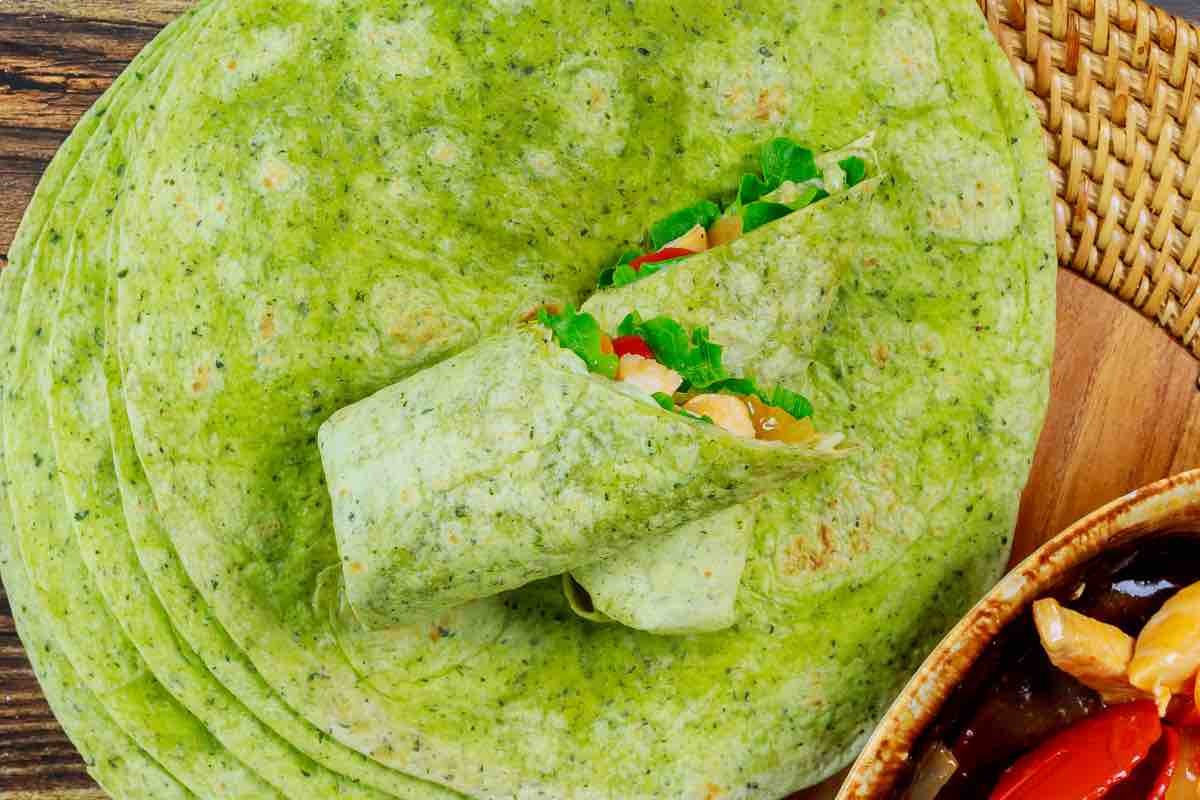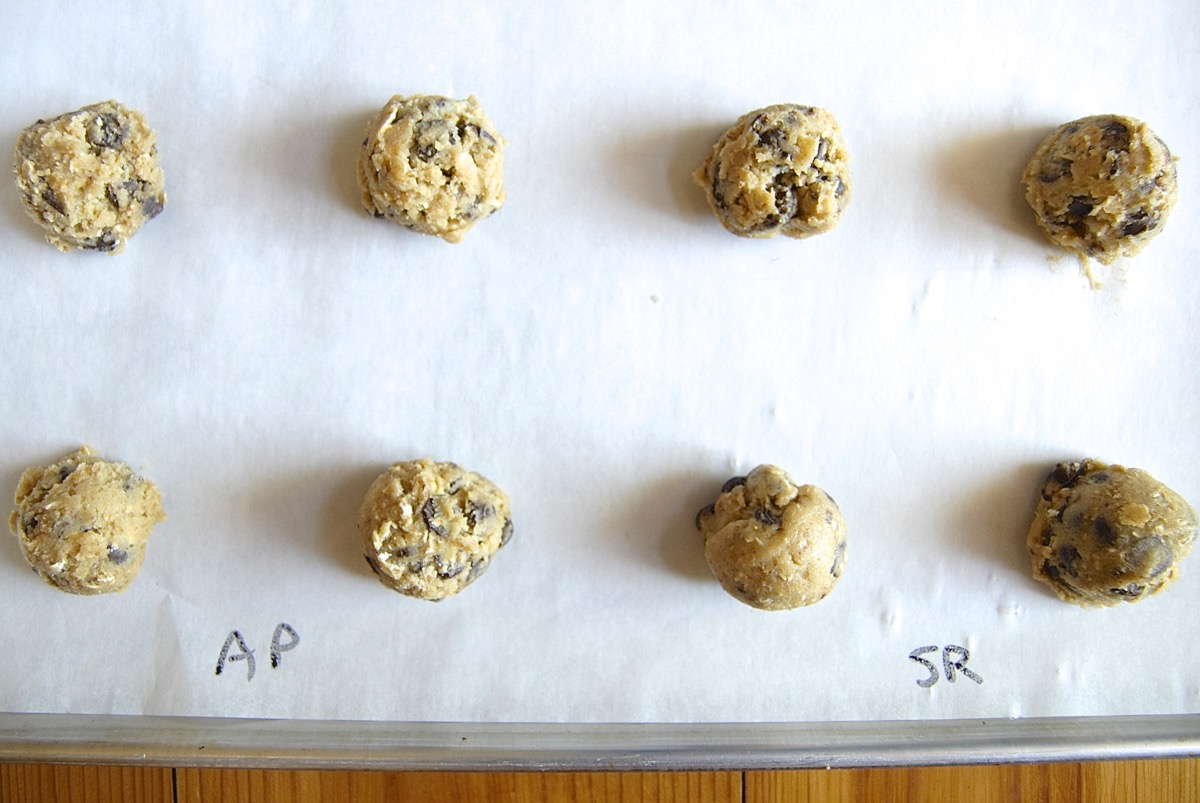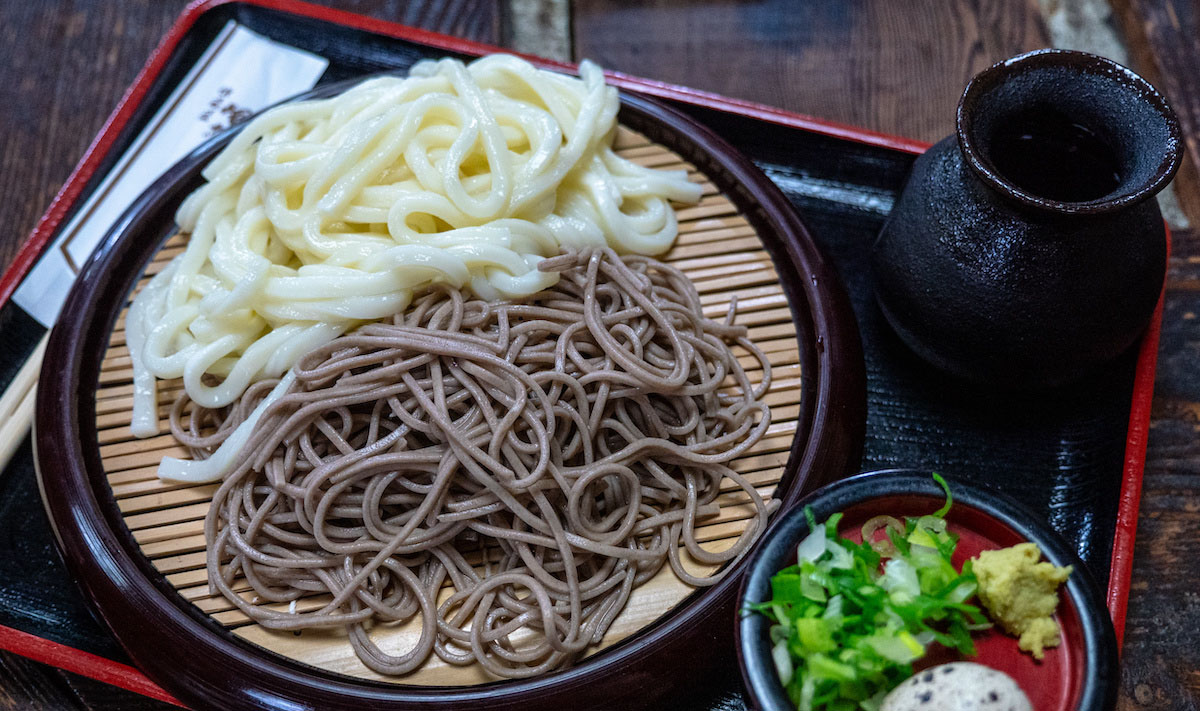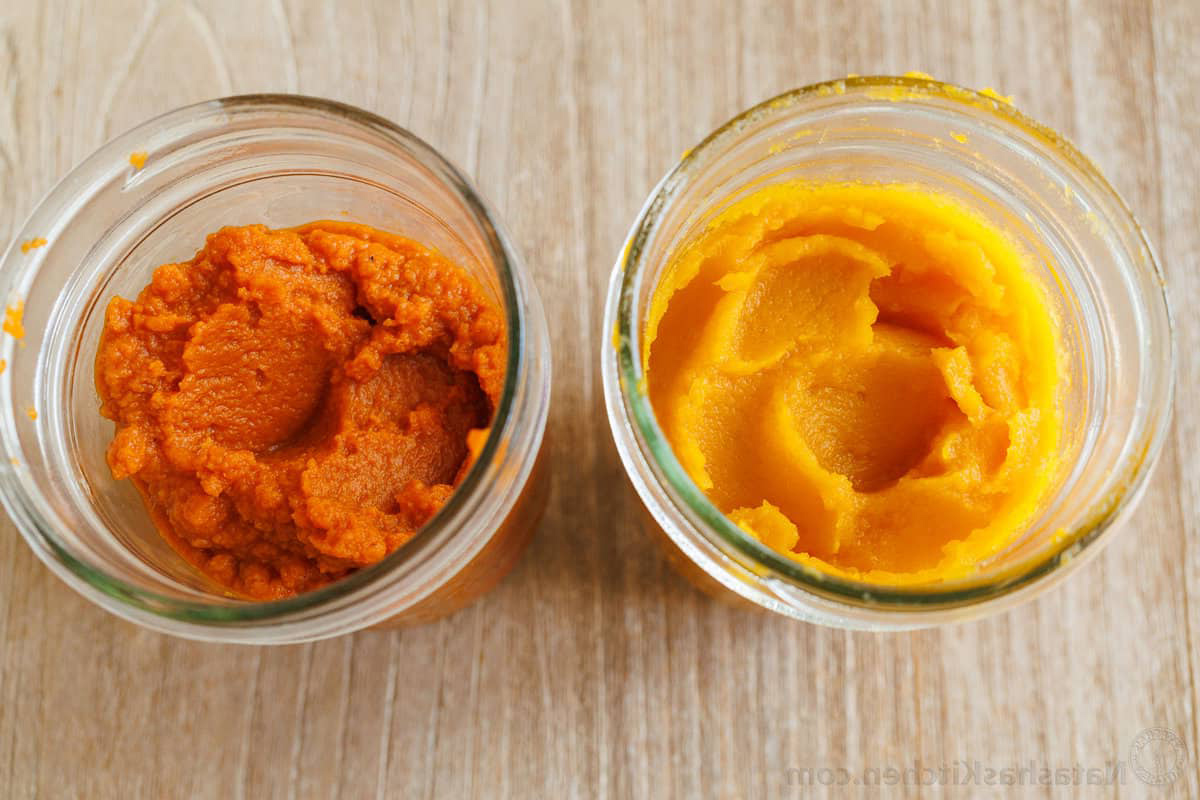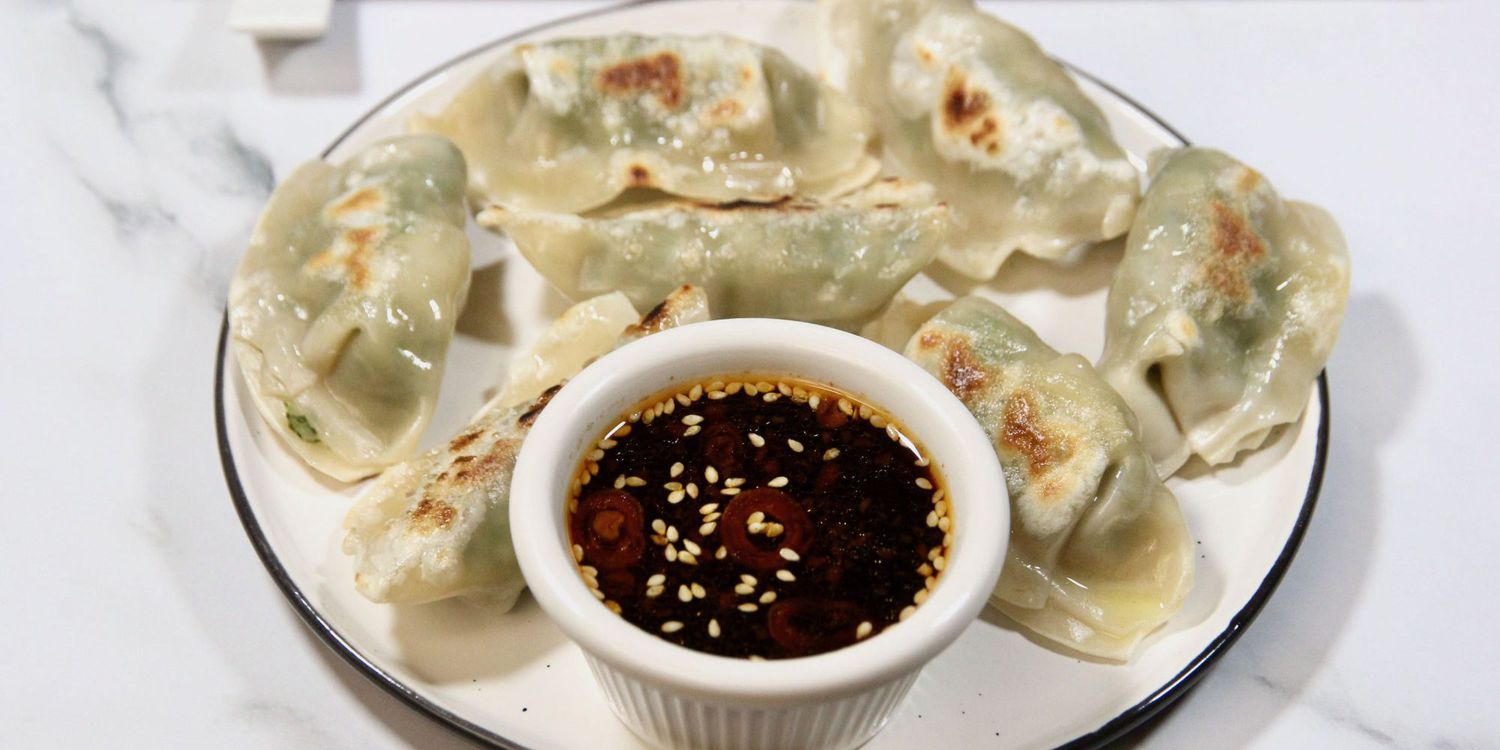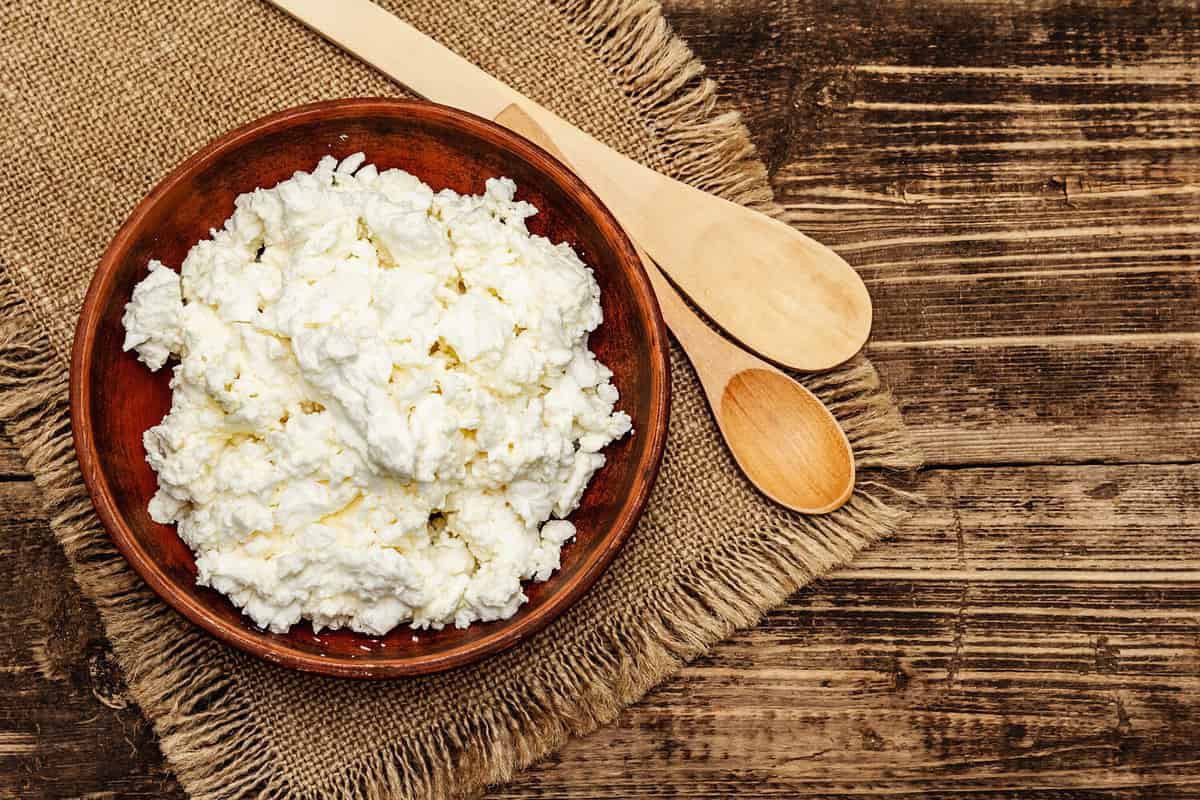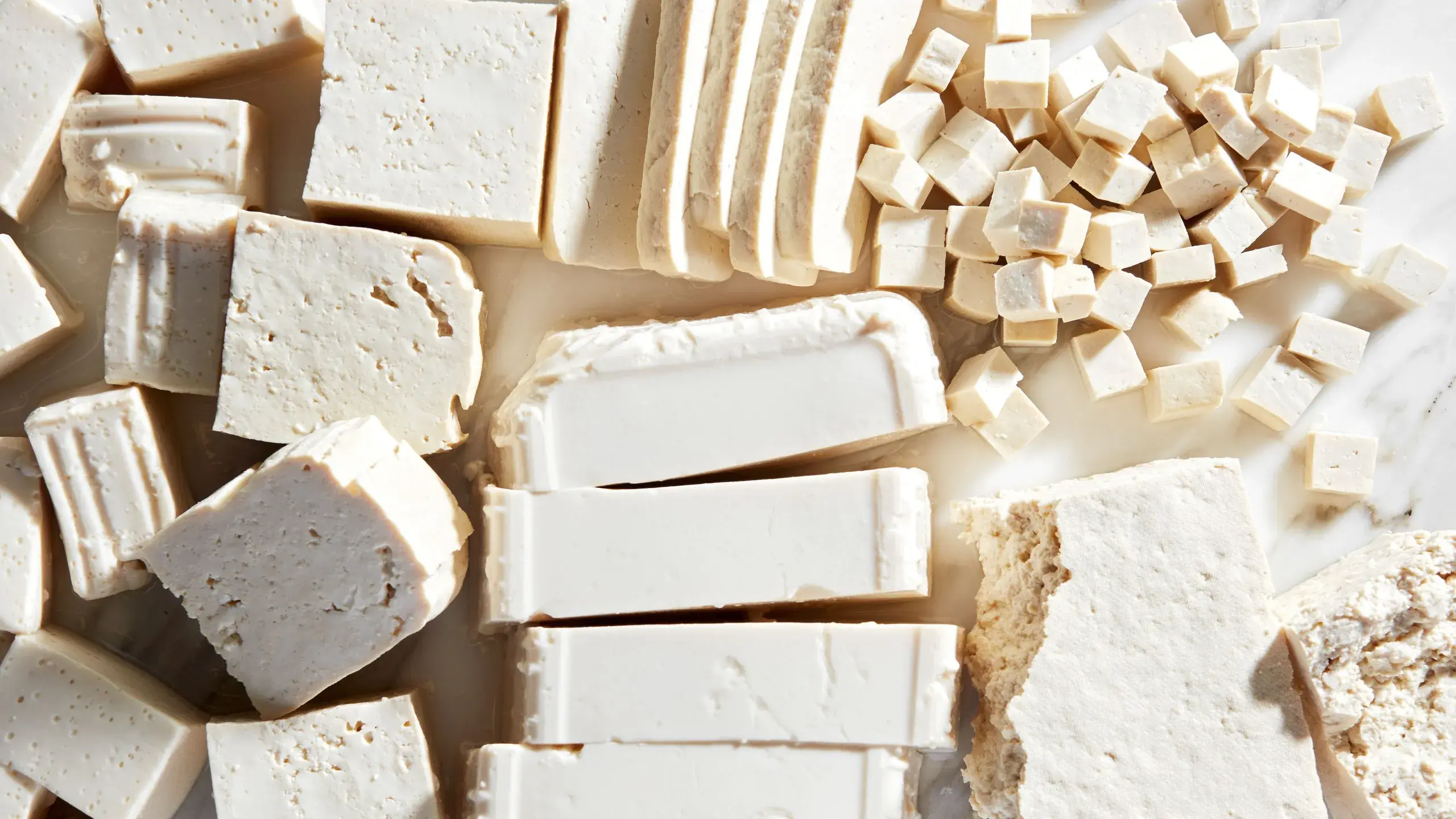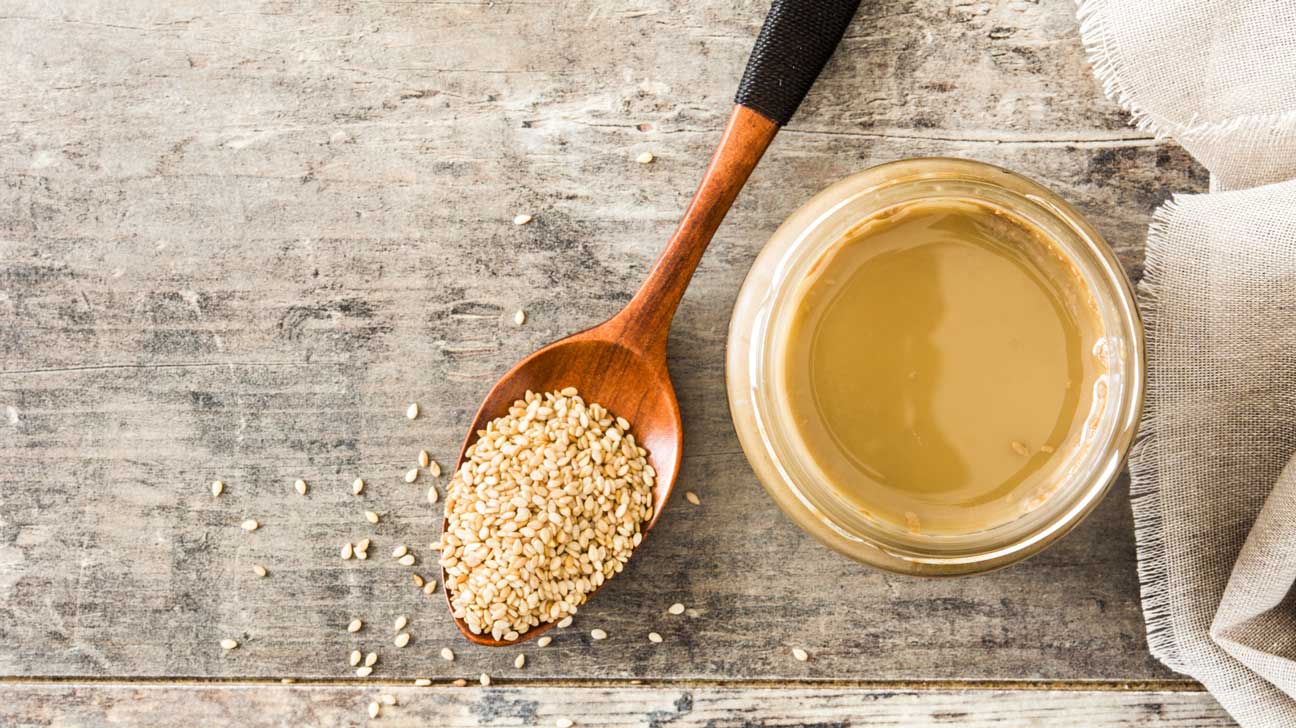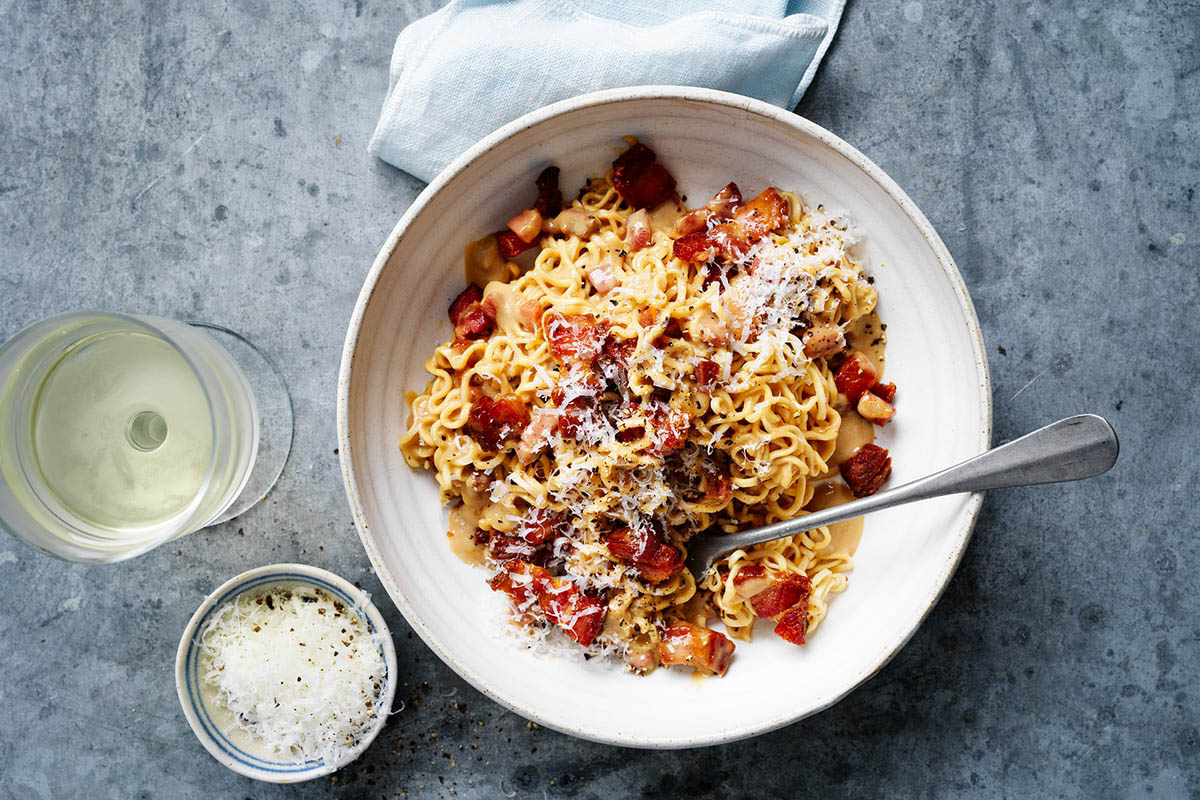Discovering the Delightful Ciabatta Bread
When it comes to bread, there are countless varieties to choose from. One such type that has gained popularity in recent years is ciabatta bread. This Italian bread has a unique texture and flavor that sets it apart from other types of bread. Let’s delve into the world of ciabatta bread and uncover what makes it so special.
Origins of Ciabatta Bread
Ciabatta bread originated in Italy, specifically in the Veneto region. It was first created in response to the popularity of French baguettes. The word “ciabatta” translates to “slipper” in Italian, which is a nod to the bread’s flat, elongated shape resembling a slipper. The bread was initially made to be an alternative to the traditional round loaves, and its popularity quickly spread beyond Italy’s borders.
Characteristics of Ciabatta Bread
Ciabatta bread is known for its distinctive features, which include:
- Texture: The interior of ciabatta bread has a soft, chewy texture with uneven air pockets, making it perfect for soaking up sauces and olive oil.
- Crust: The crust of ciabatta bread is thin and crispy, providing a delightful contrast to the soft interior.
- Flavor: Ciabatta bread has a slightly tangy flavor with hints of wheat, making it a versatile choice for various sandwich fillings and spreads.
Uses of Ciabatta Bread
Ciabatta bread’s versatility makes it a popular choice for a wide range of culinary creations. Some common uses of ciabatta bread include:
- Panini: The sturdy texture of ciabatta bread makes it an ideal choice for crafting delicious panini sandwiches filled with an assortment of meats, cheeses, and vegetables.
- Bruschetta: Sliced and toasted ciabatta bread serves as the perfect base for bruschetta, topped with fresh tomatoes, basil, and olive oil.
- Dipping: Ciabatta bread pairs wonderfully with olive oil, balsamic vinegar, and other dipping sauces, thanks to its absorbent texture.
Baking Your Own Ciabatta Bread
If you’re feeling adventurous in the kitchen, you can try your hand at baking ciabatta bread at home. While it requires a bit of patience and practice, the results are well worth the effort. The key to achieving the characteristic texture and flavor of ciabatta bread lies in using high-quality flour, proper hydration, and a long fermentation process.
Whether you choose to enjoy ciabatta bread as part of a gourmet sandwich or as a side to a hearty pasta dish, its unique qualities are sure to elevate any culinary experience. So, the next time you’re at the bakery or planning a baking adventure, consider adding ciabatta bread to your list of must-try bread varieties.
With its rich history, distinctive characteristics, and versatile uses, ciabatta bread has secured its place as a beloved staple in the world of artisanal bread. Its enduring popularity is a testament to the enduring appeal of this Italian classic.
Was this page helpful?
Read Next: What Is A Bake Sale?
